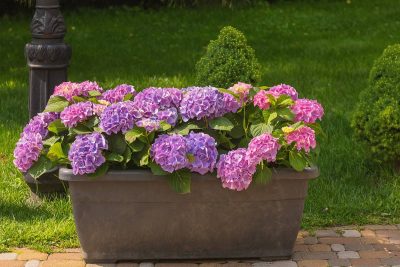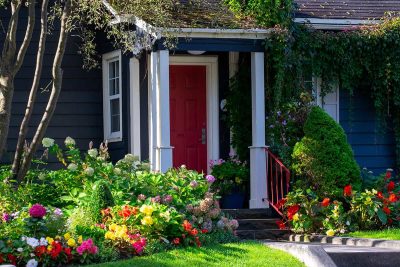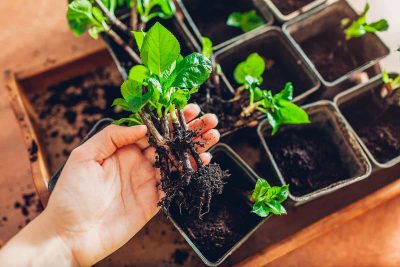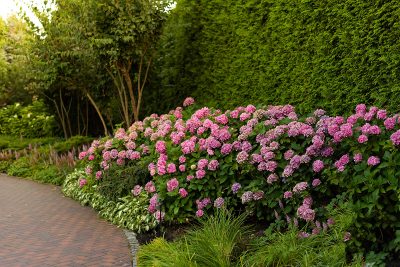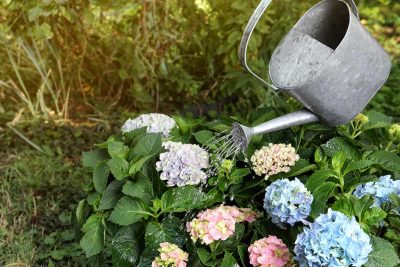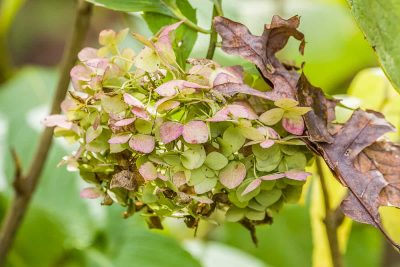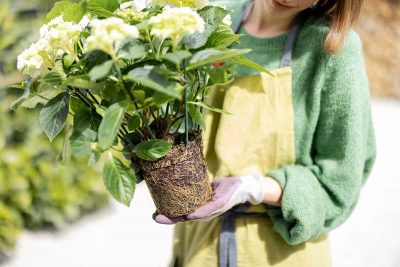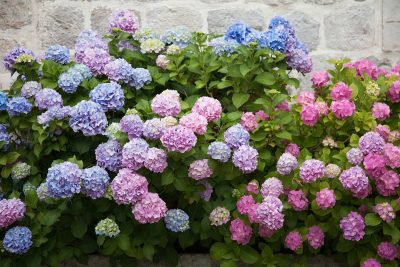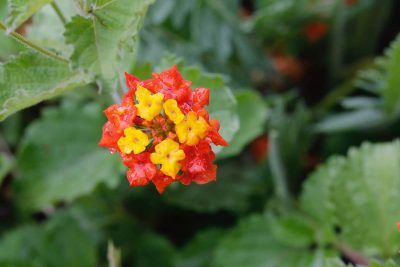What if you could enjoy the beauty of hydrangeas without a garden bed? With container gardening, you can. Here’s how to grow hydrangeas in pots and create a stunning display anywhere.
What if you could transform your front yard with just a few plants? Low-growing shrubs can do exactly that. These 25 picks stay manageable while adding plenty of curb appeal.
Let’s be real—keeping your front yard looking good all year can feel like a chore. But evergreen shrubs make it easy. These compact varieties bring color, texture, and curb appeal without the fuss.
Looking for a way to make your home stand out from the street? Shrubs are the secret weapon! Even better, these 28 varieties are low-maintenance, so you can enjoy the beauty without the hassle.
By following a few easy steps, you’ll be able to fill your garden with vibrant hydrangeas, creating a stunning display that will impress all who see it.
Planting companions with your hydrangeas enhances their beauty. Hostas are a great choice for their lush foliage that complements hydrangea blooms. They are also a perfect match, thanks to their shade tolerance.
By reading this post, you’ll discover essential tips and techniques to ensure your hydrangeas stay lush and colorful from spring through fall.
As a water-loving, flowering species, many people assume that hydrangeas should be watered everyday through summer, but this is actually not the best practice. Instead, water your hydrangea deeply three times each week. This will help the plant to develop a strong root system, resulting in an abundance of beautiful flowers.
A common issue with hydrangeas is leaves or flowers turning brown, and in these instances, you need to identify the problem in order to resolve it. Here we look at the various factors that can cause hydrangeas to turn brown and die back, and what it is you can do about it.
For most types of hydrangeas, their root systems will remain within the top six inches of the soil. This makes a hydrangea root system remarkably shallow considering the size of the plant. In terms of width, the roots of hydrangea will typically spread horizontally as far as the drip line of the plant.
The length of time it will take for a hydrangea to start blooming will be dependent on a number of things, including the type of hydrangea you have, the climate it is grown in, and how you have been caring for the plant. Here we explain why your hydrangea may not be blooming yet, and what you can do to help it.
Texas Lantana plants are commonly found in, you guessed it, Texas. They also grow natively across much of the southern US. These low growing shrubs are incredibly easy to care for, and make for excellent groundcover in rock gardens or between larger shrubs and trees. They flower freely in bright and bold colors for a long period from spring and into fall, adding color and interest to the landscape. Here we explore the Texas Lantana in more depth, and explain how to best grow and care for this attractive deciduous plant.
